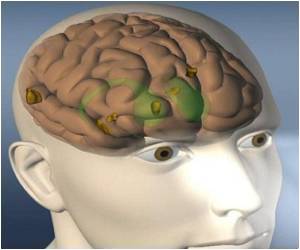
Dr D Samuel Schwarzkopf, Chen Song and Professor Geraint Rees showed participants the Ebbinghaus illusion and the Ponzo illusion to show that individual volunteers saw the illusions differently.
Using functional magnetic resonance imaging (fMRI), the researchers were also able to measure the surface area of the primary visual cortex in each volunteer.
They found a great deal of variability in the size of the primary visual cortex. There was a strong link between its size and the extent to which volunteers perceived the size illusion - the smaller the area, the more pronounced the visual illusion.
"Our work is the first to show that the size of part of a person's brain can predict how they perceive their visual environment," explained Schwarzkopf.
"Illusions such as the ones we used influence how big something looks; that is, they can trick us into believing that two identical objects have different sizes," he said.
Advertisement
The study appears in the journal Nature Neuroscience.
Advertisement










